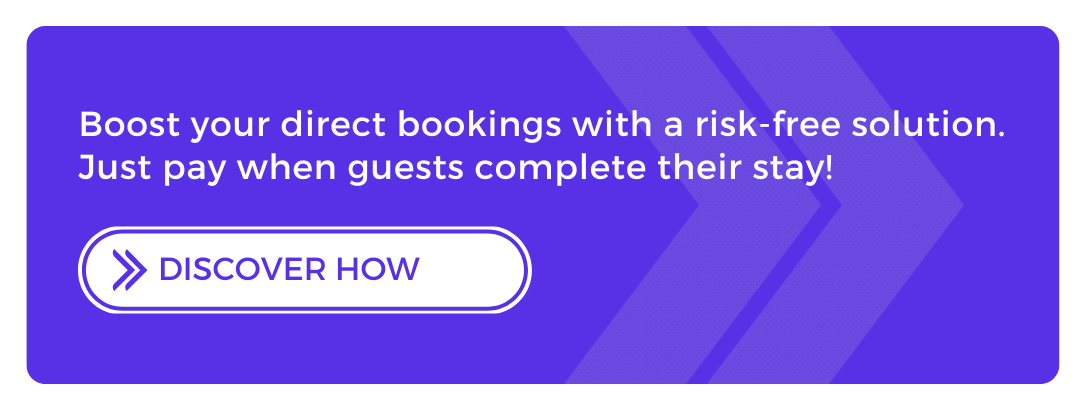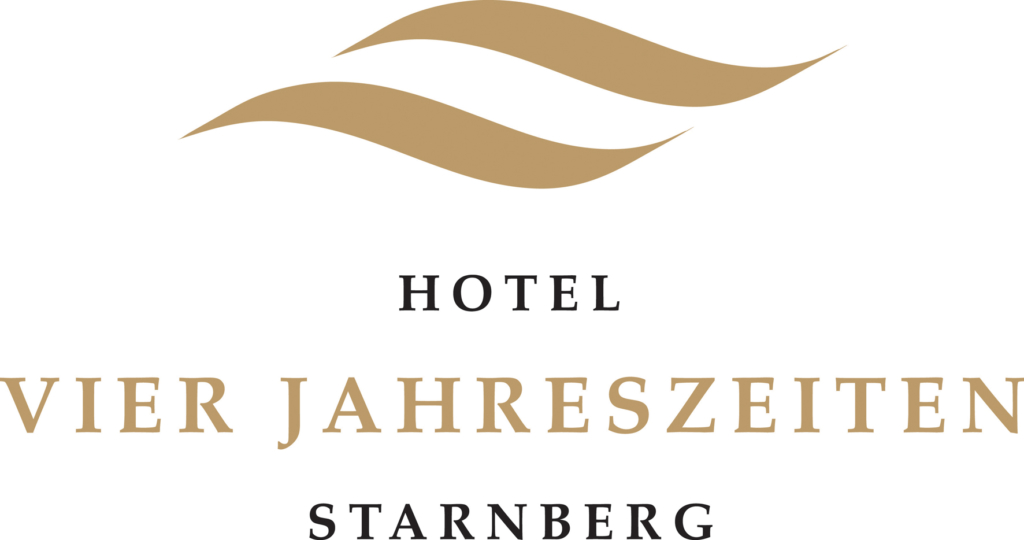Are you a Meta-first advertiser who is eyeing Google Ads? Learn when, why, and how to diversify your PPC strategy for maximum growth in the hospitality space.
For many hotel marketers, Meta Ads (Facebook and Instagram) have long been the foundation for reaching travelers. With strong visual storytelling and advanced interest-based targeting, these platforms are ideal for inspiring wanderlust and driving direct bookings.
But here’s the catch: as acquisition costs rise and audiences become saturated, your ROI may begin to plateau. That’s your cue to look beyond Meta—and Google Ads should be your next destination.
Why? Because while Meta helps you create demand, Google helps you capture it.
Meta vs. Google: Two Different Worlds
Meta Ads operate on interest-based targeting—they show your property to people based on demographics, travel intent, and behavioral data. But Google Ads operate on intent—they target people who are actively searching for hotels, getaways, or even your brand name.
Example:
- Meta: Show a stunning video of your beachfront resort to people who love travel pages.
- Google: Show a search ad to someone typing “best beachfront hotels in Goa.”
Both are valuable. But together, they’re powerful.
When Should Hotel Marketers Expand Into Google Ads?
If you’ve already built a winning formula on Meta and want to reach new guests without cannibalizing your current strategy, it’s time to expand. A few signs:
- You have a solid Meta campaign driving conversions.
- You’re hitting frequency caps and seeing creative fatigue.
- You want to reach high-intent travelers ready to book.
You also need a reasonable testing budget that won’t disrupt your Meta performance—ideally starting with 10–30% of your total paid media spend.
How to Use Google Ads Across the Funnel for Hotels
Here’s how hotels can map Google Ads campaign types to the guest booking journey:
Bottom Funnel: Drive Direct Bookings
- Search Ads: Show when someone searches “4-star hotel in Downtown Chicago” or your brand name. Use site link extensions to highlight offers, amenities, and reviews.
- Hotel Ads (via Hotel Center / Google Business Profile): Consider Hotel Ads (via Hotel Center/Google Business Profile) to show rates, availability, and booking links in search results.
Mid-Funnel: Nurture Consideration
- Performance Max (PMax): Run one campaign across YouTube, Gmail, Maps, Search, and Display. Perfect for remarketing to website visitors who didn’t convert or upselling room upgrades and packages.
- Example: Use PMax to show retargeted ads with your “Book 3 Nights, Get 1 Free” promo across Gmail and YouTube to users who viewed your booking engine.
Top Funnel: Generate Awareness
- Demand Gen: Push engaging video content or carousel imagery to inspire new travel audiences. Use creatives from Meta to build brand awareness.
- Example: Promote a short-form video about your mountain resort’s spa experience as a YouTube Shorts ad to an affinity audience interested in wellness retreats.
What Makes Google Ads So Smart?
Google has access to billions of intent signals—search history, map interactions, travel research, and more. While you can’t see all of it, their algorithms use it to show your ads to people at the right time in their travel journey.
If someone is actively researching hotels near your location—or just finished watching YouTube content about travel to your region—Google can use those signals to place your ad in front of them.
How to Transition: A Step-by-Step Guide for Hoteliers
-
Audit Your Meta Performance
Look at what’s working:
- Which creatives drive conversions?
- Which audience segments respond best?
- What’s your average cost per booking?
This will inform what you carry over and what needs adjusting for Google.
-
Allocate Budget Wisely
- Start small with your bottom-funnel campaigns like Search and PMax.
- Follow Google’s recommendation: 15x your average CPA as your daily budget.
- Reserve 10–30% of the total for learning and experimentation.
Example: If your CPA is $20, start with at least $300/day for strong learnings in PMax.
-
Repurpose Existing Creative
No need to start from scratch. Use:
- Meta carousels as Discovery ads or static Display creatives.
- Reels and Stories as YouTube Shorts or Demand Gen ads.
- Booking engine images and offers in Hotel Ads or PMax.
Bonus tip: Use Meta fatigued creatives on Google—they’ll be new to a fresh audience.
-
Pick the Right Campaign Types
- Search Ads: For high-intent travelers searching for destinations or your hotel name.
- PMax: For cross-platform remarketing and mid-funnel pushes.
- Demand Gen: For top-of-funnel discovery and brand storytelling.
-
Shift Your Targeting Mindset
Meta lets you build interest-based lookalike audiences. Google relies on:
- Custom intent: e.g., targeting people who searched for “luxury hotels in Santorini.”
- Customer match: Upload your guest database to re-engage past bookers.
- In-market & affinity: Travelers researching flights, honeymoons, or wellness retreats.
Tracking Success: Measuring Performance Like a Pro
- Be patient. Google has a longer attribution window, especially for Smart Bidding.
- Expect a 3–7 day delay in conversions showing up.
- Focus on blended MER (Marketing Efficiency Ratio) to evaluate Google and Meta together.
- Use GA4 and Looker Studio dashboards to get full-funnel visibility.
Avoid These Common Pitfalls
- Don’t oversegment campaigns—Google performs better with consolidated data.
- Don’t treat Google like Meta; they need different inputs and expectations.
- Don’t ignore keywords or intent signals—especially for local search.
- Don’t skip testing creative and audience signals in PMax.
And Finally, Think Beyond Social
Meta Ads may have fueled your initial success—but intent-based advertising on Google can open up a new growth frontier for your hotel.
With thoughtful planning, reused assets, and smart targeting, your property can:
- Capture demand from travelers already searching for you,
- Reconnect with past visitors,
- And inspire future guests to book directly.
Google isn’t just a search engine—it’s the next phase in your direct booking journey.
 Deutsch
Deutsch Português
Português Italiano
Italiano Espanol
Espanol čeština
čeština ไทย
ไทย Français
Français



